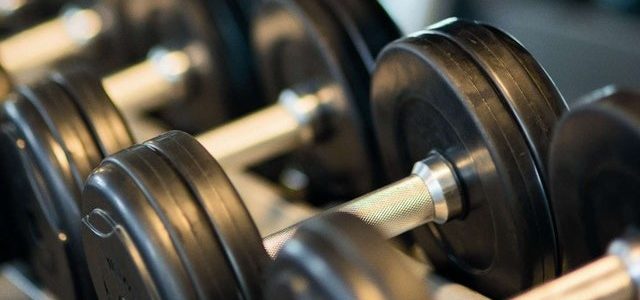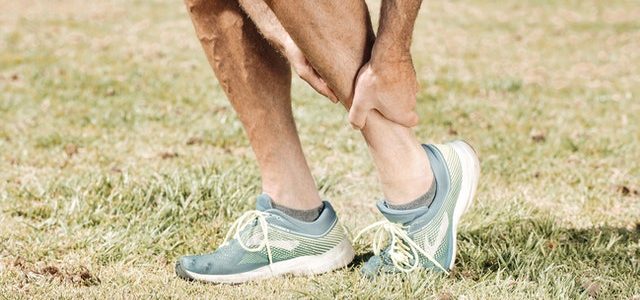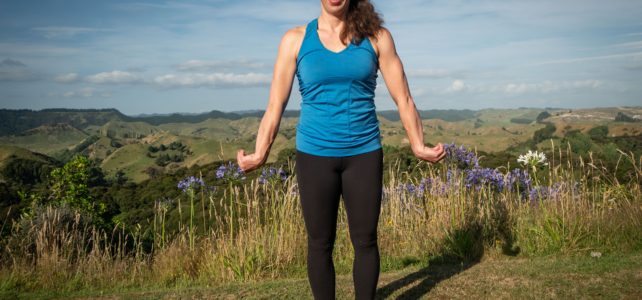Research has updated our thinking about what helps with recovery from acute injury. Moving on from rest, ice, compression and elevation (RICE) model to include optimal loading. But what is optimal loading?
What about optimal loading for injury recovery?



